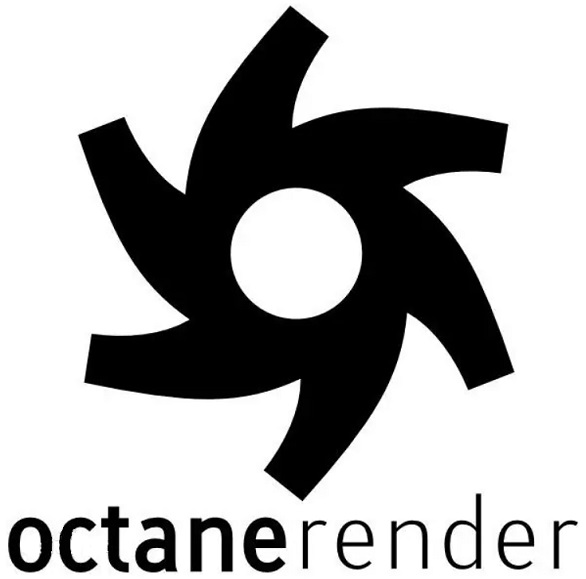Navicat provides complete custom user interface options for all tools, making it easy for users to customize according to their own needs. This tutorial will introduce the method of setting Navicat Mac tab preferences. Select Navicat Premium ->Preferences from the main menu to open the Preferences dialog box.

Navicat Premium
Tab
Default open in: Open a new window in "Main Window", "Tabbed Window", or "New Window"гҖӮ
Warn me when closing multiple tabs: A warning message will prompt you when you are closing multiple tabsгҖӮ
Select the newly created tab: The tabbed window will focus on the newly opened tabгҖӮ
Always Show Tab Bar: Show Tab BarгҖӮ
Open a new tab in the latest window: If you select "Tabbed Window" in the "Default Open in" option, it allows you to check this option to open a new tab in the latest window. Otherwise, the new tab will open in the main window, even if there are already objects open in the new window.
SQL Editor
Display line numbers: Display line numbers next to the editor for easy referenceгҖӮ
Use code folding: Code folding causes the code to collapse into a block in the editor and only display the first line.гҖӮ
Highlight using parentheses: When your cursor moves to one of the parentheses, highlight the pair of parentheses for easy reference.гҖӮ
Use syntax highlighting: syntax highlighting helps you clearly view the code. According to the category of the code, it will be highlighted in different colors and fonts in the SQL editor.гҖӮ
If the file size is greater than MB, the syntax highlighting function can set a maximum file size limit to improve performance, for example: 10.
Use AutoComplete Code (Full Version Only): When you enter between object names (dot) symbol, SQL editor will provide a pop-up list displaying some approximate words for you to complete the codeгҖӮ
Delay: You can change the time it takes for the pop-up list to appearгҖӮ
Automatically save modified files: Define an interval, such as 30 seconds. Automatically save after making changes in the SQL editor.
Positioning width: Enter the number of characters occupied by a positioning, for example: 5.









